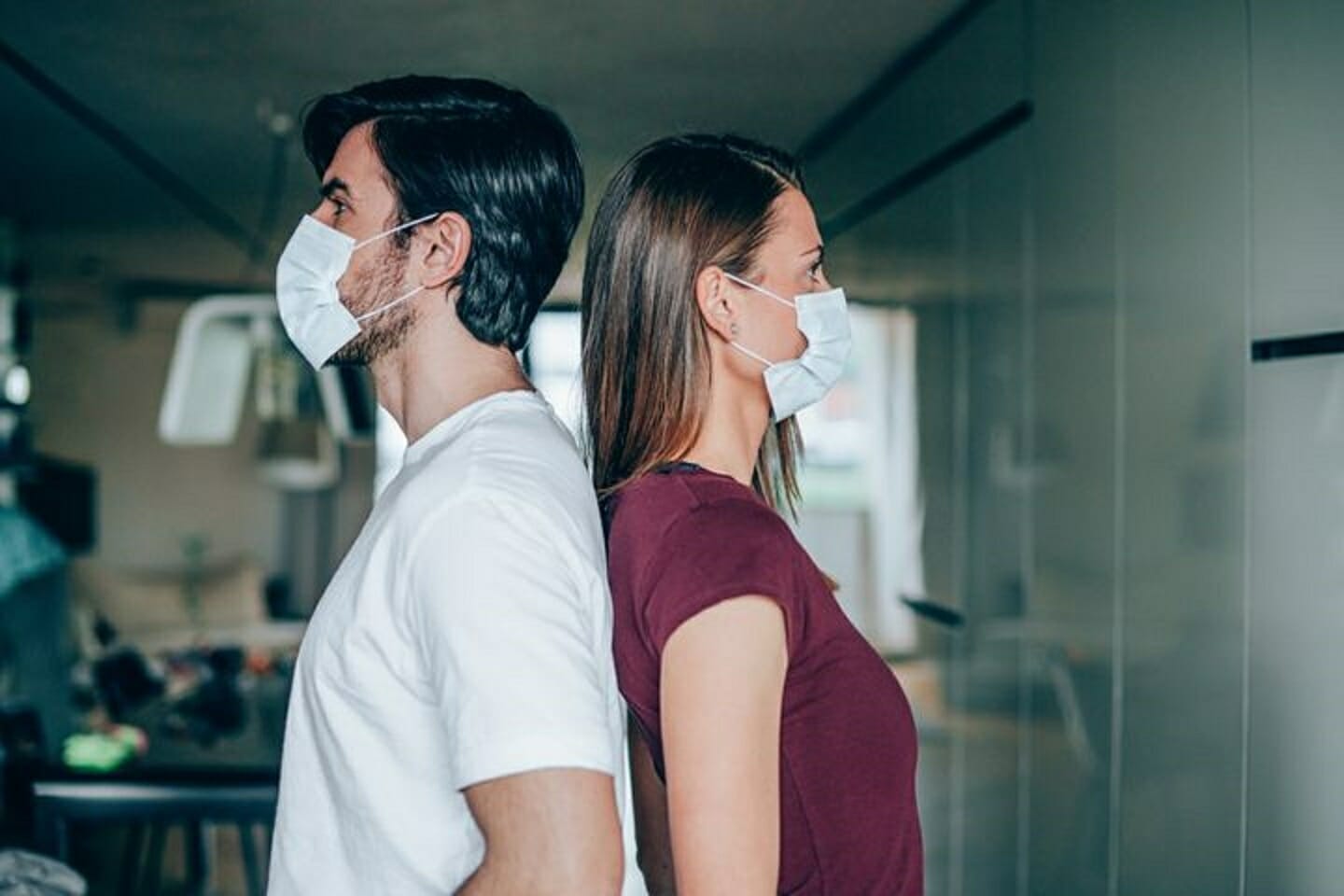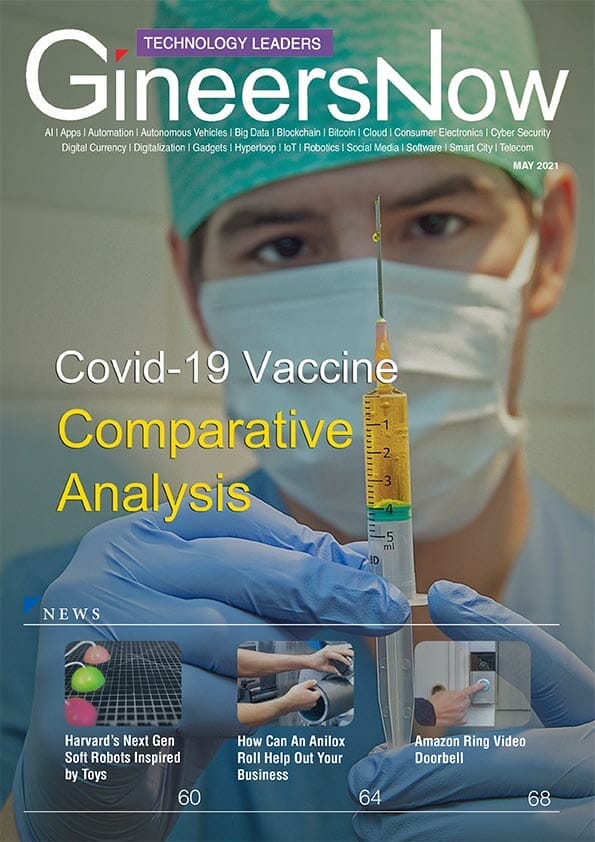Covid-19 Quarantine Measures
The International Air Transport Association (IATA) released new analysis showing that the damage to air travel from COVID-19 extends into the medium-term, with long-haul / international travel being the most severely impacted. Quarantine measures on arrival would further damage confidence in air travel. A risk-based layered approach of globally harmonized biosecurity measures is critical for the restart.
Air travel quarantine measures scenarios
IATA and Tourism Economics modeled two air travel scenarios.
Baseline quarantine measures scenario
- This is contingent on domestic markets opening in Q3, with a much slower phased opening of international markets. This would limit the air travel recovery, despite most forecasts pointing toward a strong economic rebound late this year and during 2021.
- In 2021 we expect global passenger demand (measured in revenue passenger kilometers, RPKs) to be 24% below 2019 levels and 32% lower than IATA’s October 2019 Air Passenger forecast for 2021.
- We don’t expect 2019 levels to be exceeded until 2023.
- As international markets open and economies recover, there will be further growth in air travel from the 2020 low point. But even by 2025 we would expect global RPKs to be 10% lower than the previous forecast.
Pessimistic quarantine measures scenario
- This is based on a slower opening of economies and relaxation of travel restrictions, with lockdowns extending into Q3, possibly due to a second wave of the virus. This would further delay the recovery of air travel.
- In this case, global RPKs in 2021 could be 34% lower than 2019 levels and 41% below our previous forecast for 2021.
“Major stimulus from governments combined with liquidity injections by central banks will boost the economic recovery once the pandemic is under control. But rebuilding passenger confidence will take longer. And even then, individual and corporate travelers are likely to carefully manage travel spend and stay closer to home,” said Alexandre de Juniac, IATA’s Director General and CEO.

Long-Haul Travel Impact will be Longer Lasting
When the recovery begins, it is expected to be led by domestic travel.
- An IATA survey of recent air travelers conducted in April 2020 found that 58% are somewhat or very likely to restrict their initial travel to domestic journeys.
- Domestic Revenue Passenger Kilometers (RPKs) will only recover to 2019 levels by 2022. International RPKs are only expected to return to 2019 levels in 2024.
“The impacts of the crisis on long-haul travel will be much more severe and of a longer duration than what is expected in domestic markets. This makes globally agreed and implemented biosecurity standards for the travel process all the more critical. We have a small window to avoid the consequences of uncoordinated unilateral measures that marked the post-9.11 period. We must act fast,” said de Juniac.
Avoid Quarantine Measures
IATA strongly urges governments to find alternatives to maintaining or introducing arrival quarantine measures as part of post-pandemic travel restrictions. IATA’s April survey of recent air travelers showed that
- 86% of travelers were somewhat or very concerned about being quarantined while traveling, and
- 69% of recent travelers would not consider travelling if it involved a 14-day quarantine measures period.
“Even in the best of circumstances this crisis will cost many jobs and rob the economy of years of aviation-stimulated growth. To protect aviation’s ability to be a catalyst for the economic recovery, we must not make that prognosis worse by making travel impracticable with quarantine measures. We need a solution for safe travel that addresses two challenges. It must give passengers confidence to travel safely and without undue hassle. And it must give governments confidence that they are protected from importing the virus. Our proposal is for a layering of temporary non-quarantine measures until we have a vaccine, immunity passports or nearly instant COVID-19 testing available at scale,” said de Juniac.
IATA’s proposal for a temporary risk-based layered approach to provide governments with the confidence to open their border without quarantining arrivals includes:
- Preventing travel by those who are symptomatic with temperature screening and other measures
- Addressing the risks of asymptomatic travelers with governments managing a robust system of health declarations and vigorous contact tracing.
The mutual recognition of agreed measures is critical for the resumption of international travel. This is a key deliverable of the COVID-19 Aviation Recovery Task Force (CART) of the International Civil Aviation Organization (ICAO).
“CART has a very big job to do with little time to waste. It must find an agreement among states on the measures needed to control COVID-19 as aviation re-starts. And it must build confidence among governments that borders can be opened to travelers because a layered approach of measures has been properly implemented globally. IATA and the whole industry support this critical work,” said de Juniac.
Other COVID-19 Updates
COVID-19: SOCIAL IMPACT
GineersNow Distributes PPE to Medical Workers
Israeli Cured COVID-19 Patients Using Placenta
COVID-19: HARVARD BUSINESS SCHOOL
Harvard Talks: Engineering Sector’s Organizational Development
Harvard Talks: Engineering Leaders Will Engage in Teaming
Harvard Covid-19 Strategy on How to Reopen a Country
Harvard Talks: Forward-Thinking Engineering Leaders
Harvard Talks: Engineering Operation Impact of COVID-19
Harvard Talks: 7 Leadership Principles in the Time of COVID-19
Harvard Talks: Engineering Work Culture After COVID-19 Pandemic
Harvard Talks: 7 Leadership Principles in the Time of COVID-19
Harvard Talks: Cut Salaries or Cut People?
Harvard Talks: The Supply Chain in Post COVID-19 Era
COVID-19: WORLD HEALTH ORGANIZATION
WHO Preparedness and Response to COVID-19
WHO Q&A: COVID-19 and Influenza Comparison
COVID-19: CONSTRUCTION
Construction Force Majeure During COVID-19
Converting Existing Building to COVID-19 Hospital – WHO Guidelines
WHO COVID-19 Buildings & Tents Screening Layout Standards
COVID-19: HVAC
COVID-19 Hotel is a Huge HVAC Nightmare
Ventilation Standards for Buildings Converted to COVID-19 Hospitals
Air Filtration for COVID-19 Treatment Centers
ASHRAE on COVID-19 HVAC Concerns
COVID-19: ENERGY
Oil Price Crashes Below $0 per Barrel
Coronavirus will accelerate the growth of renewable energy solutions
COVID-19: ECONOMIC IMPACT
COVID-19 Economic Impact Analysis
COVID-19 Economic Aftermath on the Construction Industry
Postponed Exhibitions in the Philippines due to COVID-19
Cancelled Major Events Around the World Due to COVID-19
World Bank Gives $12 Billion to COVID-19 Affected Countries
COVID-19: VENTILATORS & PPE
UCLA Biodesign Fellow Focuses Biomedical Engineering Insights on Swabs Shortage
Philips Ventilator Respironics E30 for ICU COVID-19 Patients
Here’s the Tesla Ventilator Prototype
Lamborghini Medical Shields & Surgical Masks for Health Workers
UCLA Engineer Made a Ventilator from Hardware Items
Forecast Deaths, Hospitals & Ventilators: COVID-19 Impact, USA Full Report
Top 10 Largest Ventilator Manufacturers in the World
Metronic Ventilator Ramping Up Production
Engineers, Can You Help Build a DIY Ventilator for Hospitals?
PPE Shortage Endangering Health Workers Worldwide
COVID-19: STATISTICS & FORECASTS
COVID-19 Deaths to Reach 81,000 in US By June – Forecasts by IHME & Univ. of Washington
List of Government Officials Tested Positive in PH
COVID-19 War: 70K Physicians vs 109M Filipinos
Famous People Who Have Tested Positive for COVID-19
These Politicians Tested Positive for Coronavirus (COVID-19)
COVID-19 Philippines: DOH on Code Red Status
COVID-19: SCIENCE
100% Success Rate for Pluristem COVID-19 Treatment
What If There’s No Vaccine To Fight COVID-19?
COVID-19 Treatment: The Search Continues
Clean Air in Europe leads to 11K Fewer Deaths During Lockdown
Complete List of Companies Working on Coronavirus Vaccine
Tiger Tests Positive for Coronavirus at New York Zoo
COVID-19: PREVENTION TIPS
We Need Testing, Vaccine & Treatment, But Until That Happens, We Need This!
How to Create a COVID-19 Proof Workplace
Work From Home Tips for Engineering, Industrial & Tech Companies
Water is Our First Line of Defense Against COVID-19
The List of COVID-19 Disinfectants Approved by EPA
COVID-19: TECHNOLOGY
Robot Technology to Reinstate a COVID-Free Airport
How Artificial Intelligence Can Drive Greater Speed and Accuracy in Vaccine Development
Cyber-Criminals are Exploiting People’s Fears of COVID-19
COVID-19: MARKETING
How to Apply for Government Financial Assistance for SMEs
Harvard Talks: How Marketing Works During COVID-19
Rewriting Marketing in Times of COVID-19 Crisis?
Hyundai Motor Extends Warranties Due to COVID-19
Top 5 Most Traded Stocks During COVID-19
COVID-19: EDUCATION
Coaching Builds COVID-19 Resilience to Engineering Team
How COVID-19 Is Changing College Admissions Cycle in 2020
COVID-19: AVIATION
Can We Give Airline Financial Relief to Protect Their Jobs?
Airlines Around the World are Struggling to Survive
COVID-19: APAC Air Passenger Demand Dropped 65.5%
Emirates Airline Passenger Rules During COVID-19
Airlines Around the World are Struggling to Survive
Show Your COVID-19 Test Result at the Airport
The Most Modern Flying Hospital with ICU from Germany
COVID-19 Impact: 25 Million Jobs at Risk with Airline Shutdown
Airbus Gives 3D-Printed Hospital Visors to Health Workers
Airlines COVID-19 Analysis: Aviation Collapsed
Air Cargo Demand Down 3.3% due to COVID-19 Disruption
COVID-19 Financial Impacts in the Aviation Industry
COVID-19 Hits January Airline Passenger Demand, IATA




















